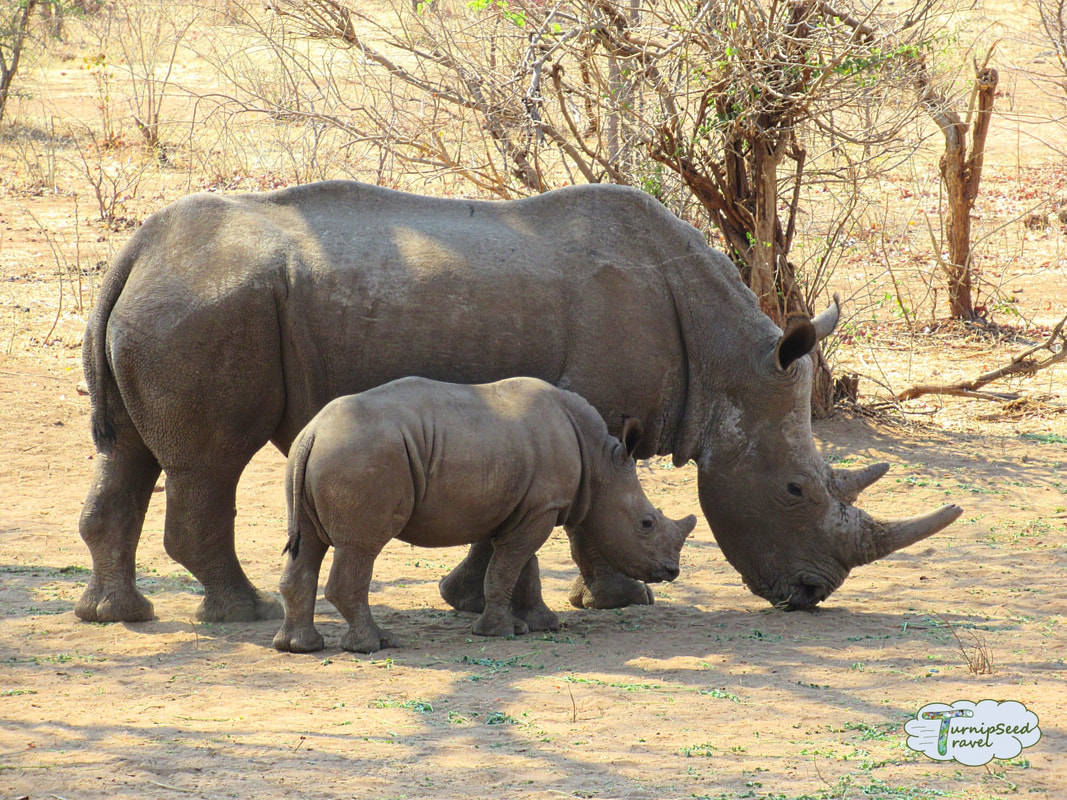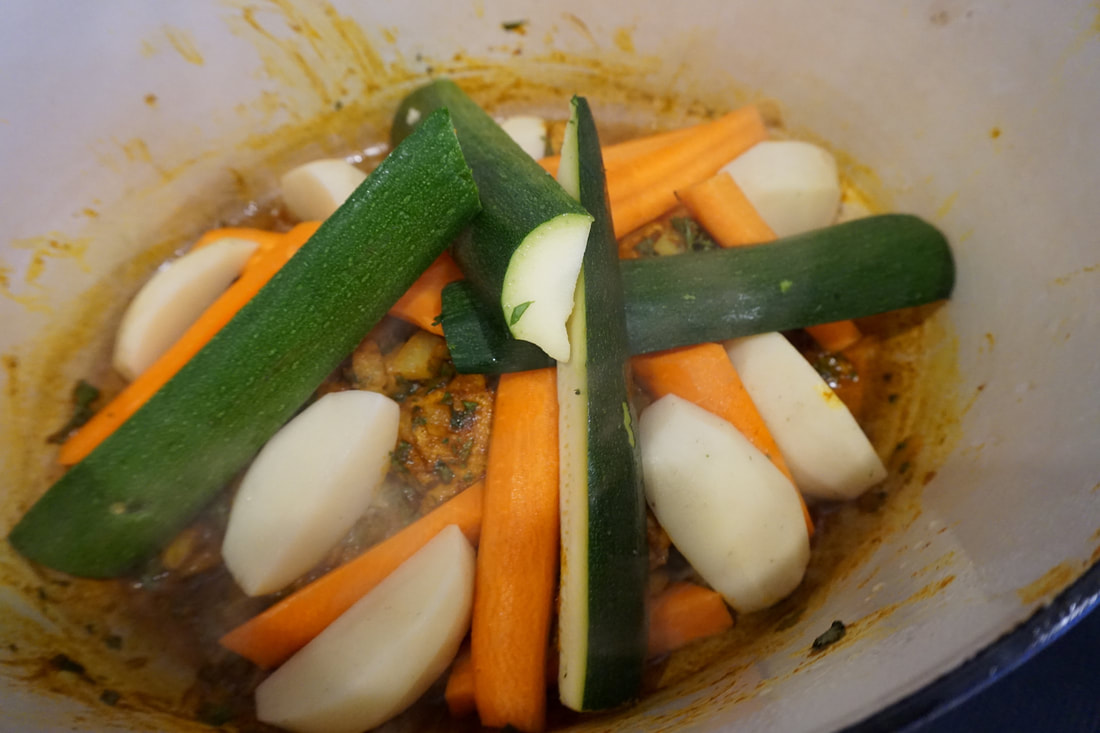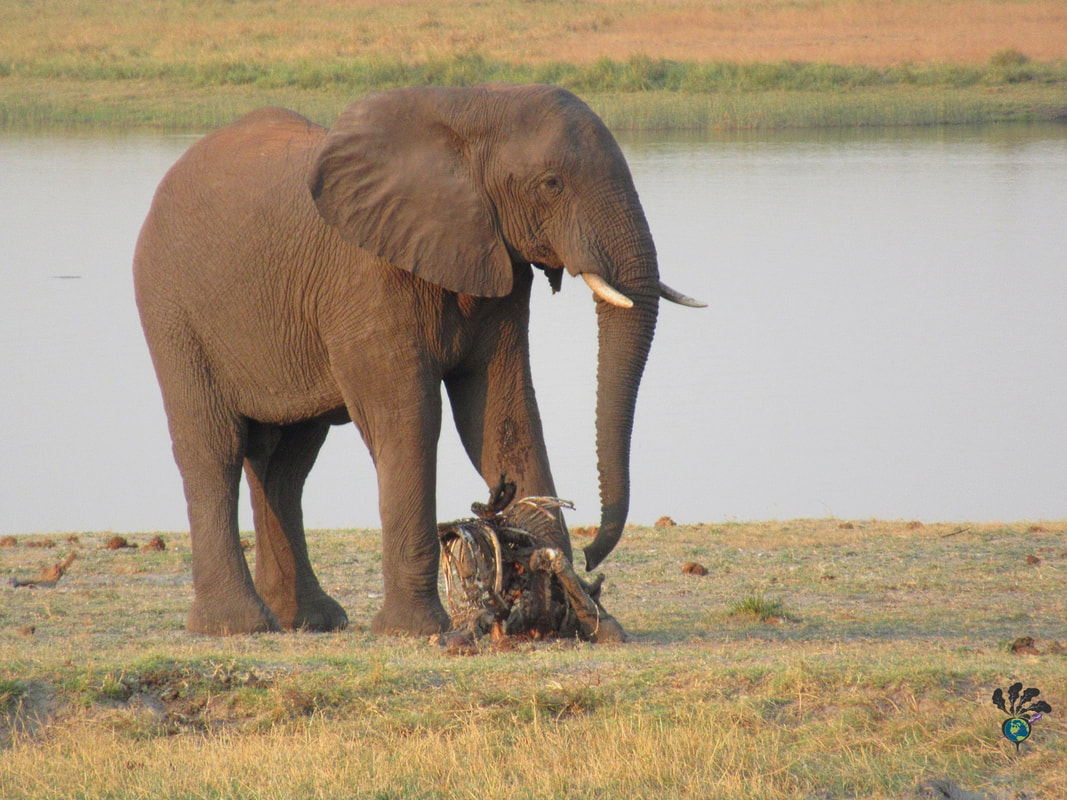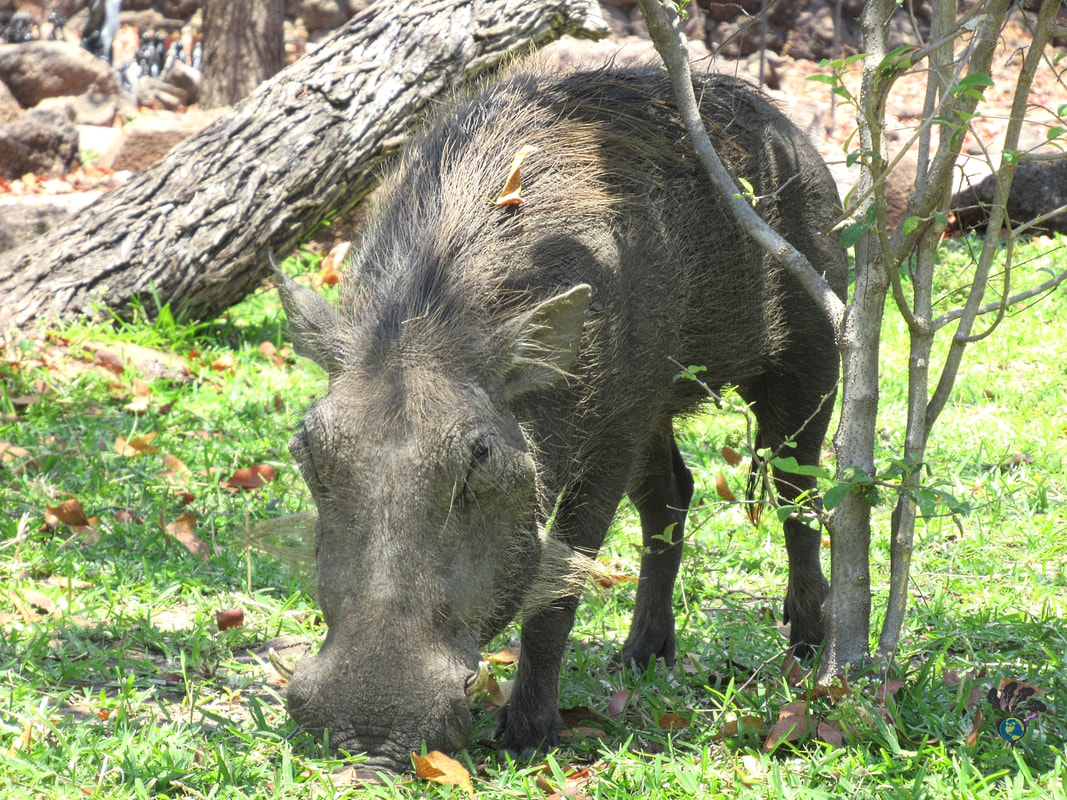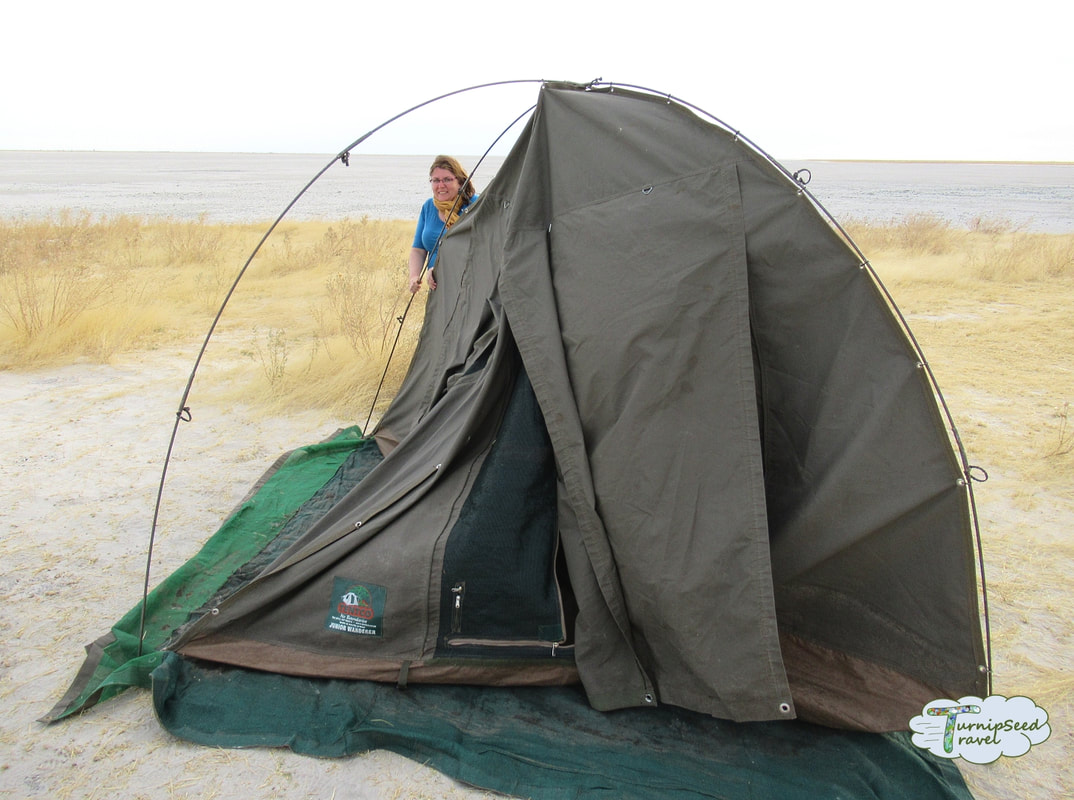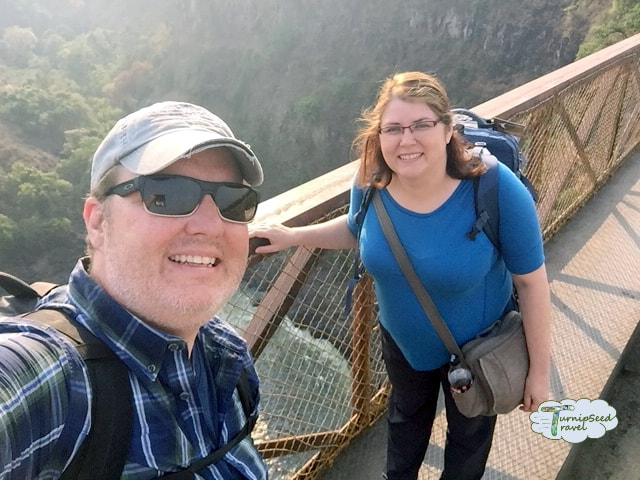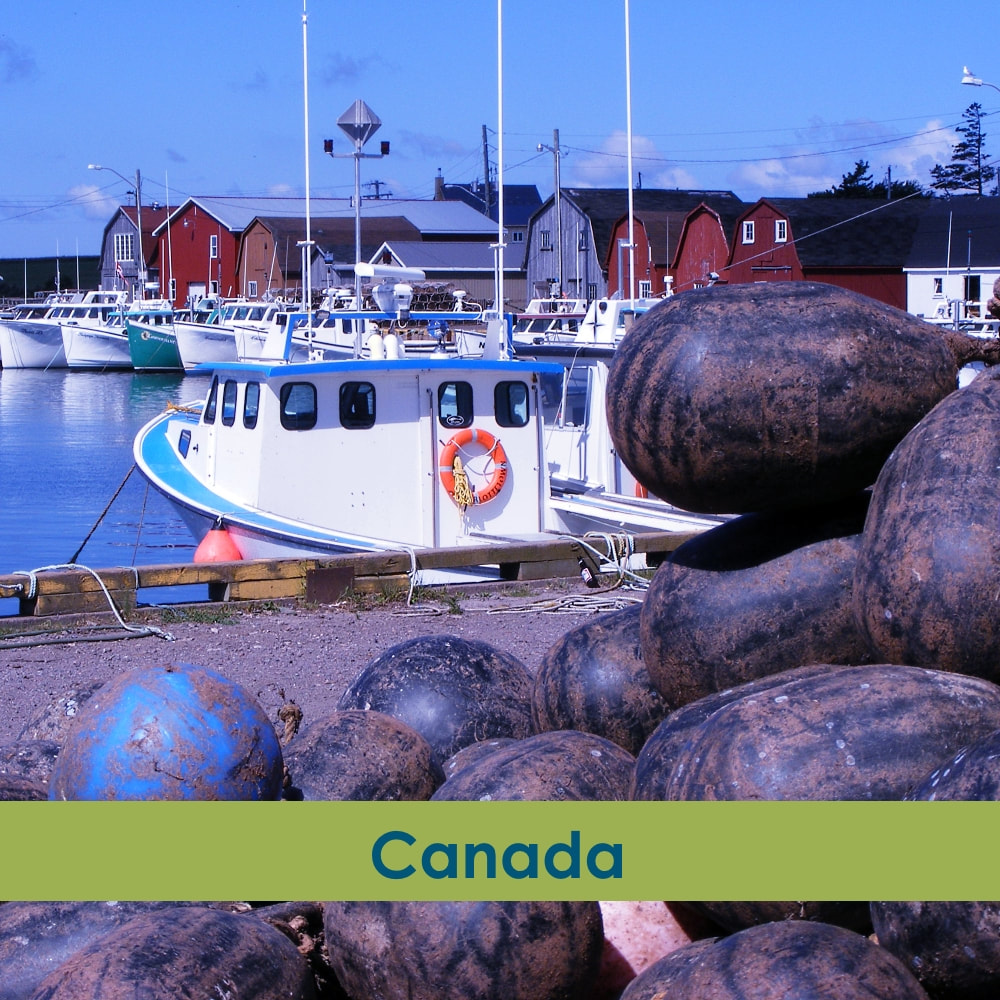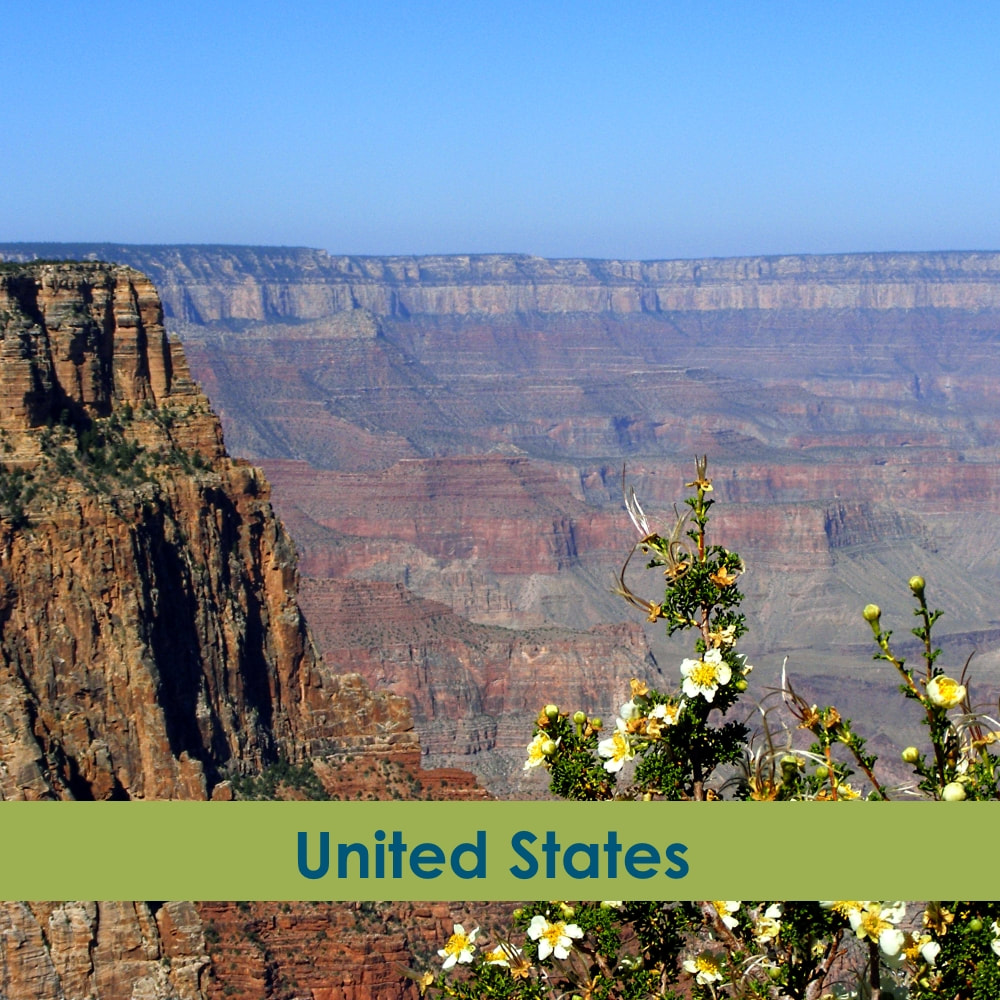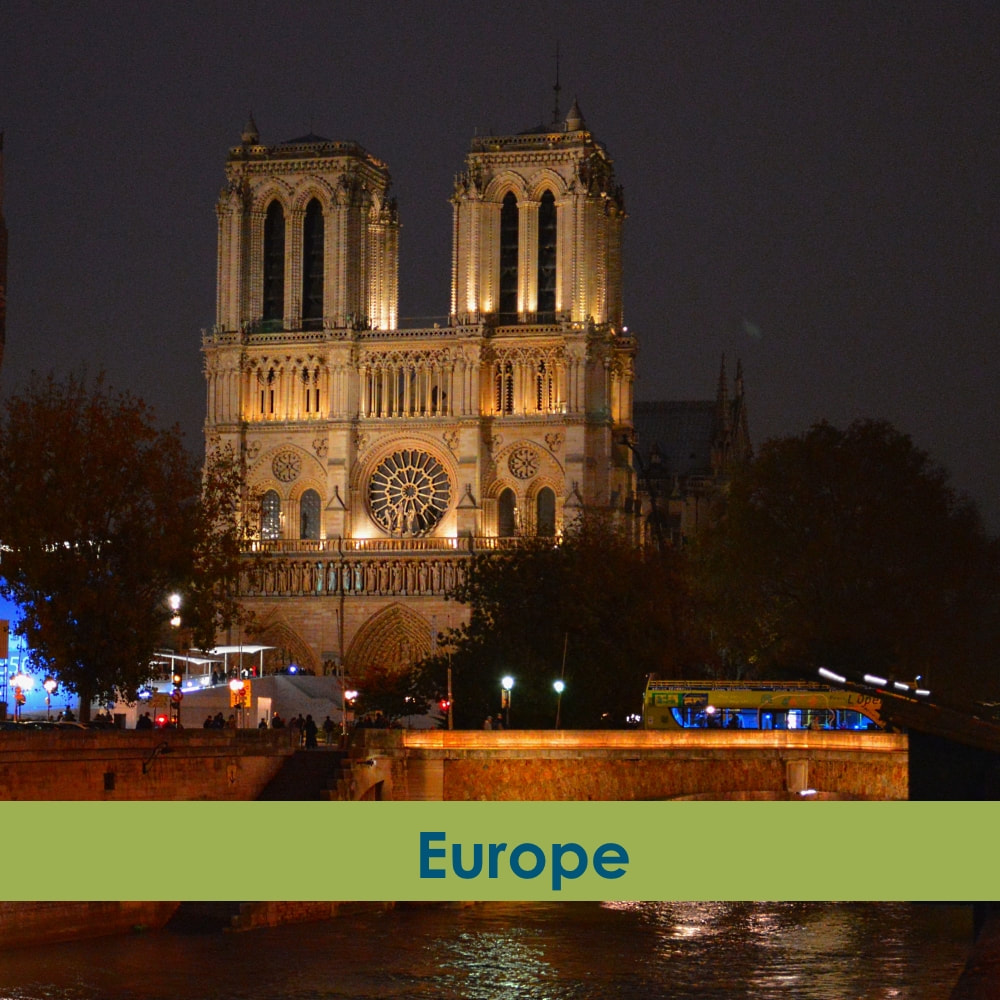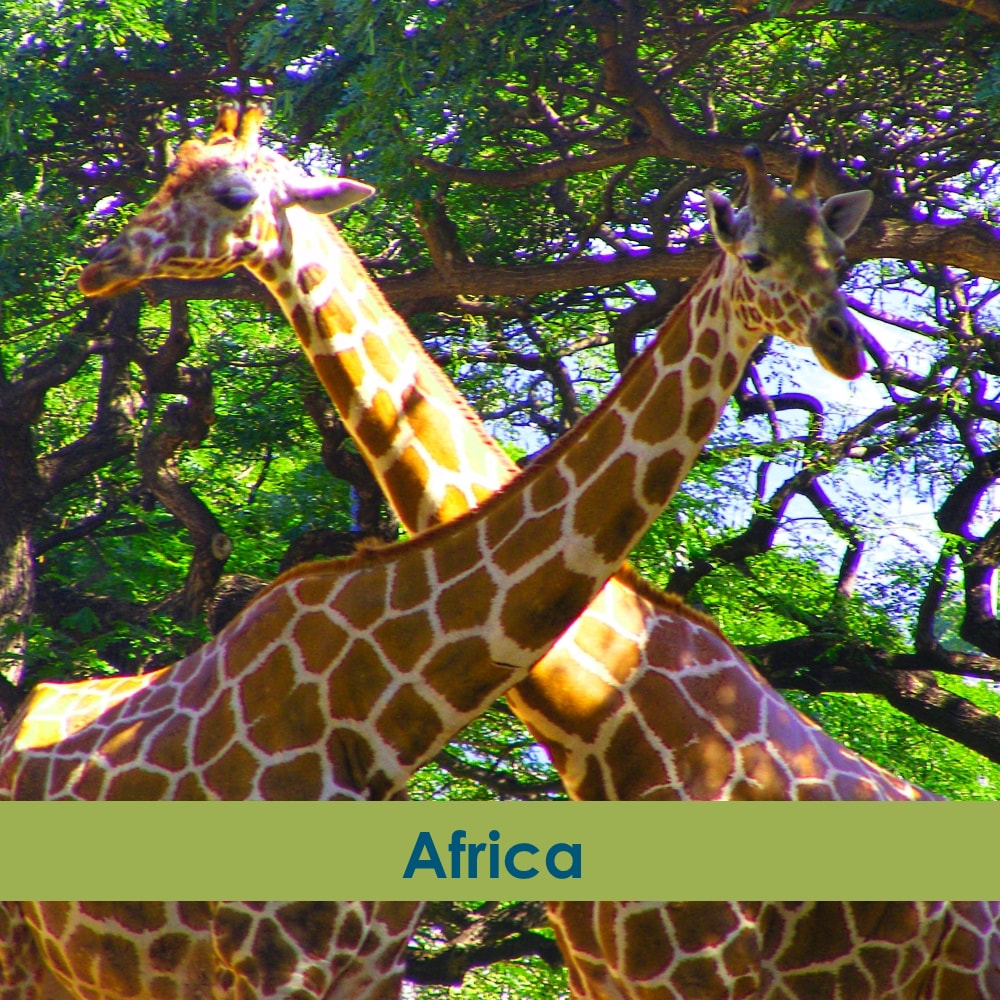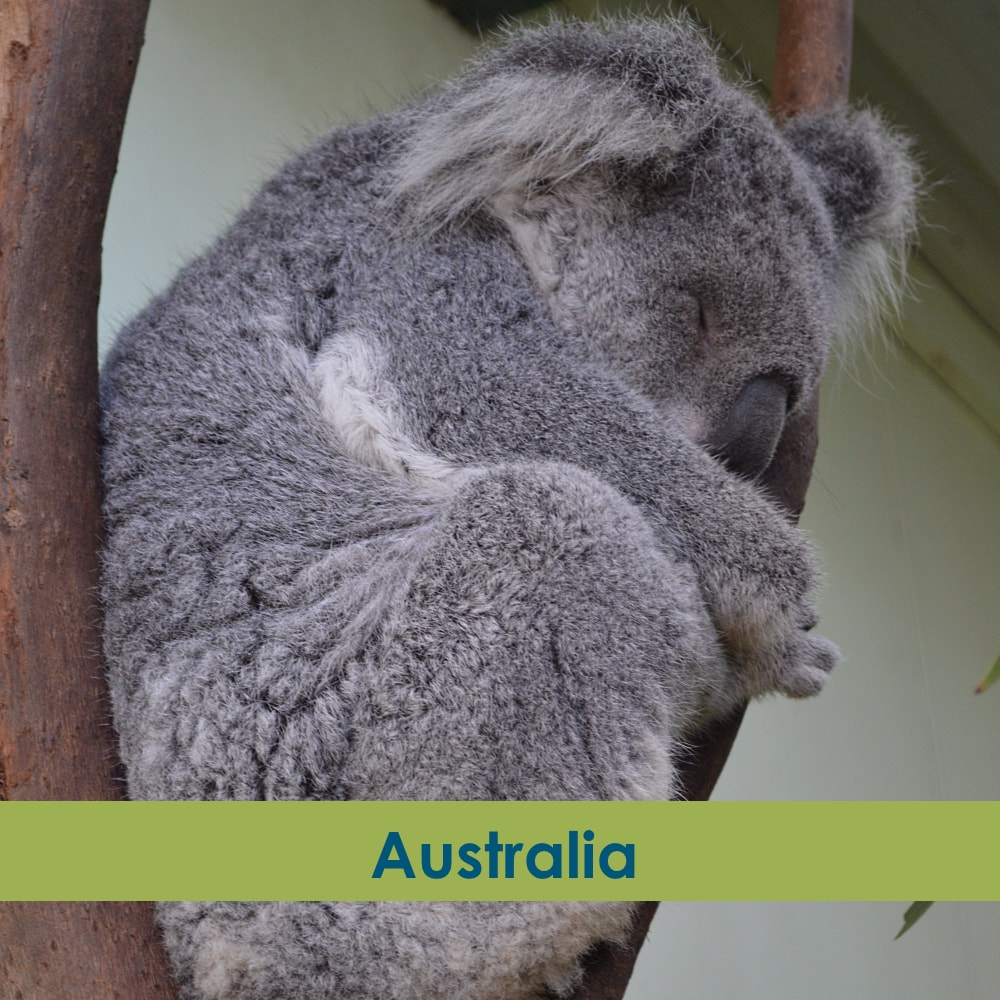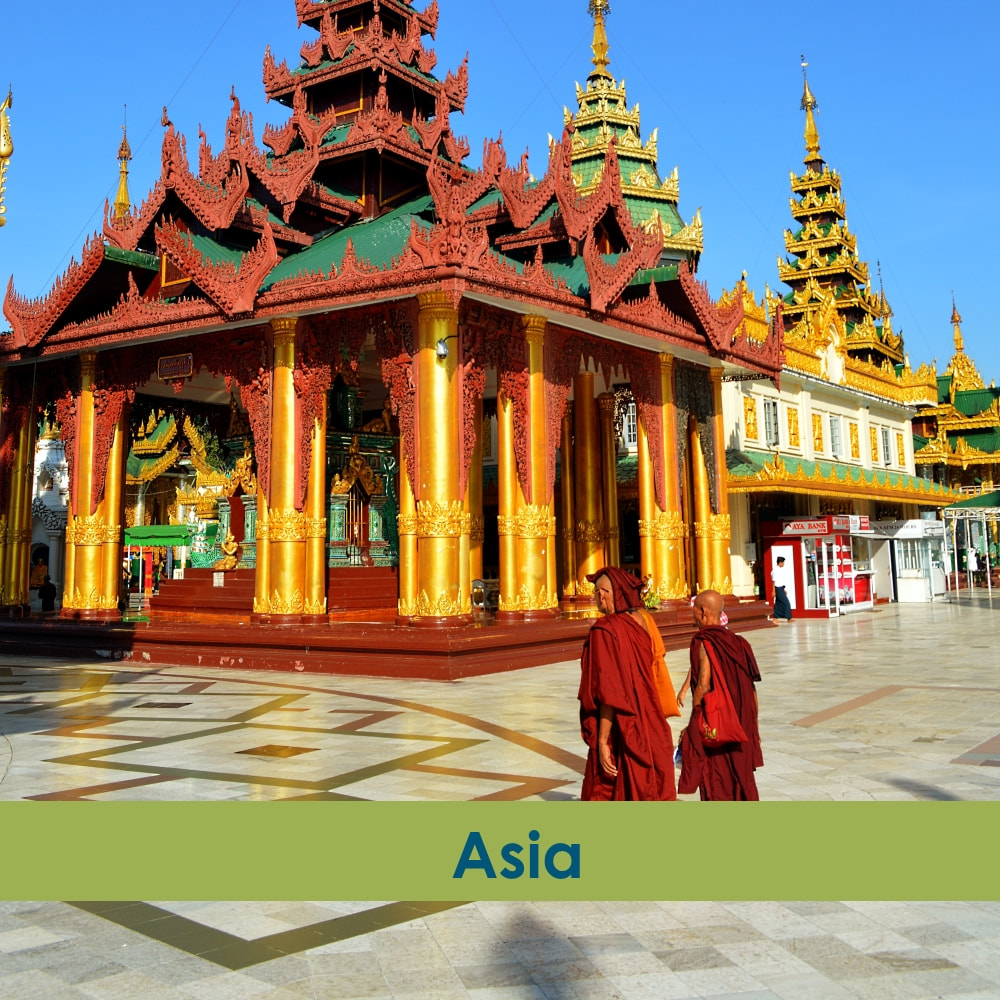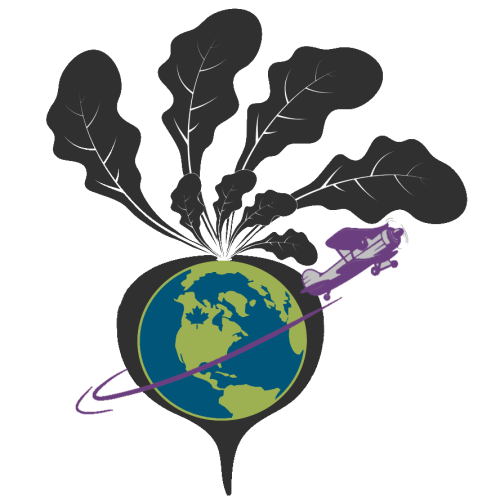Did you know I lived in Africa when I was just 23 years old? Talk about an amazing travel experience! Here are eight of my favourite things to do in Malawi. 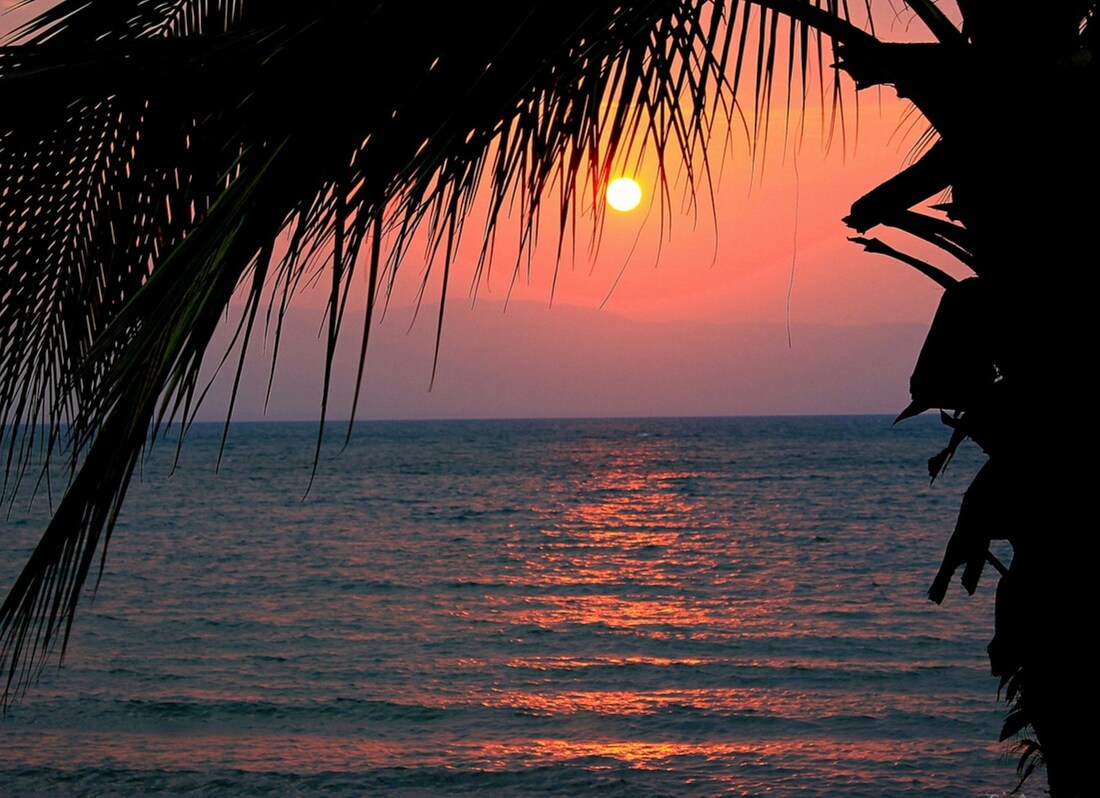 One of my favourite things to do in Malawi was to watch the gorgeous sunsets over Lake Malawi. Photo by Craig Manners on Unsplash My beaten, battered, dog-eared 2001 edition of Lonely Planet Malawi opens by describing how tourism brochures hype Malawi as “the warm heart of Africa” and, as much as they like to avoid generalizations, this seems particularly true as Malawians are among the friendliest people you’ll meet anywhere.
It’s been 20-some years since that paragraph was written, but it still holds as true to me today as it did when I first read those words in 2004, and I was preparing to leave graduate school for an internship with the Malawi Department of Fisheries and the Canadian International Development Agency. I worked as a gender analyst, and my work took me throughout the country, from cities to tiny villages. Malawi’s warm heart made for an unforgettable experience. Malawi is a small country in southeast Africa. When I first applied for the internship that would take me there, I knew nothing about Malawi. In fact, I was all muddled between Maui, Mali, and Bali – and I wasn’t close to any of them! The country borders Tanzania, Zambia, and Mozambique. Visiting here is easier than you might think. It’s just a short flight from Nairobi to the north, Victoria Falls to the west, and Johannesburg to the south. While Malawi is admittedly not a destination for a classic “big 5” safari, the country has fantastic wildlife destinations plus many other experiences and attractions that should put it on any traveller’s bucket list. Here are some of my favourite must-do Malawi moments. These famous trees in Northern Botswana were first captured by painter Thomas Baines. Here's how you can see them for yourself.
Twenty some years ago, National Geographic devoted a cover story to the topic of Africa and, in doing so, they did something unusual. They declined to use a cover image, rationalizing that there was no one symbol or picture that could encompass the continent.
If they had asked me, I would have made my case for the baobab tree. True, they don’t grow everywhere in Africa but they are an icon of the continent. Residents love them for their fruit, shade, and fibres, as do animals. Visitors adore these funny looking plants that have the appearance of being stuck in the ground upside down. They’re huge, imposing, aloof and yet there’s something about the baobab that’s decidedly homey. Perhaps this is why the Baines' Baobabs in Botswana are so popular. The Baine’s Baobabs are named for British artist Thomas Baines. Baines wasn’t just a painter. He was also an explorer and an active participant on many of the earliest European expeditions to Africa. As such, he both contributed to and memorialized early colonialism. His work fed a mania for “exotic” images of the continent and his painting of seven baobabs in northern Botswana certainly fit the bill. They’re a little weird, a little other-wordly, and utterly captivating. Located in northern Botswana in Nxai Pan National Park, the group of trees that Baines immortalized are estimated to be over 1,500 years old. Also know as "The Sleeping Sisters" (as one tree is growing sideways) they’re considered to be some of the tallest in the area, hitting about 20 feet in height. Thanks to Baines’ legacy and the trees' own magnificence, they’re a popular tourist attraction and Ryan and I were able to see them for ourselves during our camping safari. Here’s how you can do the same. Our favourite things to do in Livingstone include hanging with the rhinos, eating Indian food, going to museums, and relaxing by the river.
You've probably heard a lot about Victoria Falls, one of world's most majestic wonders. But have you heard about its next door neighbour, the small city of Livingston, Zambia?
Livingstone is often treated a bit like a base for exploring other destinations and, to be honest, we were a bit guilty of that ourselves at first. We stayed in Livingstone for about a week as we organized trips in Zimbabwe and Botswana. Thankfully, along the way we clued in to the fact that this is much more than a town that takes care of all the traveling essentials, from groceries to pharmacy, banks to stamps. There is a long list of Livingstone activities to enjoy during your visit and exploring the city was a highlight of our time in Africa. Here's what should be on your radar during your visit. This virtual Moroccan cooking class is perfect for travellers. It's fun, easy, and - best of all - delicious! There's nothing so lovely as a homemade meal when you're travelling and I learned firsthand just how delicious a Moroccan tagine with chicken, potato, zucchini, carrots, preserved lemon, and saffron can be when you share it with friends. But I wasn't in someone's home and I certainly wasn't in Morocco! Yet that's what it felt like when I took a virtual Moroccan cooking class with Khmisa and Kawtar, a mother-daughter team based near Rabat.
In pre-COVID times, Khmisa and Kawtar hosted in-person cooking classes. However, like so many small business owners, they've had to pivot with the times and now people from all over the world can join them in their kitchen - virtually, of course - to cook and chat with them. While I would have dearly loved to be cooking with them in person, connecting with them over Zoom was an absolute delight. I was the only person in the class and it felt like I was enjoying a wonderful time with my new girlfriends. In between instructions to marinate my chicken, prepare a delicious appetizer, and get my spices just right, we spoke about what foods are popular here in Ottawa, the challenges of lockdown, and - of course - food. I booked this experience through Airbnb (you can see their class here) and it only cost me about $23 with the exchange rate, making this one of the best travel deals I've ever enjoyed. And I didn't even have to leave my house! Here's what it was like in my virtual Moroccan cooking class. On the banks of the Chobe River, an elephant mourning ritual shows that the cycle of life and death has never been so raw.
|
�
Recent Posts
Posts by Location
Post Categories
All
Posts by Date
June 2024
|
Disclaimers, Privacy, and Cookie Policy |
Top 100 Travel Influencer
As named by the Obama White House in 2014. |
© COPYRIGHT 2024. ALL RIGHTS RESERVED.
|


